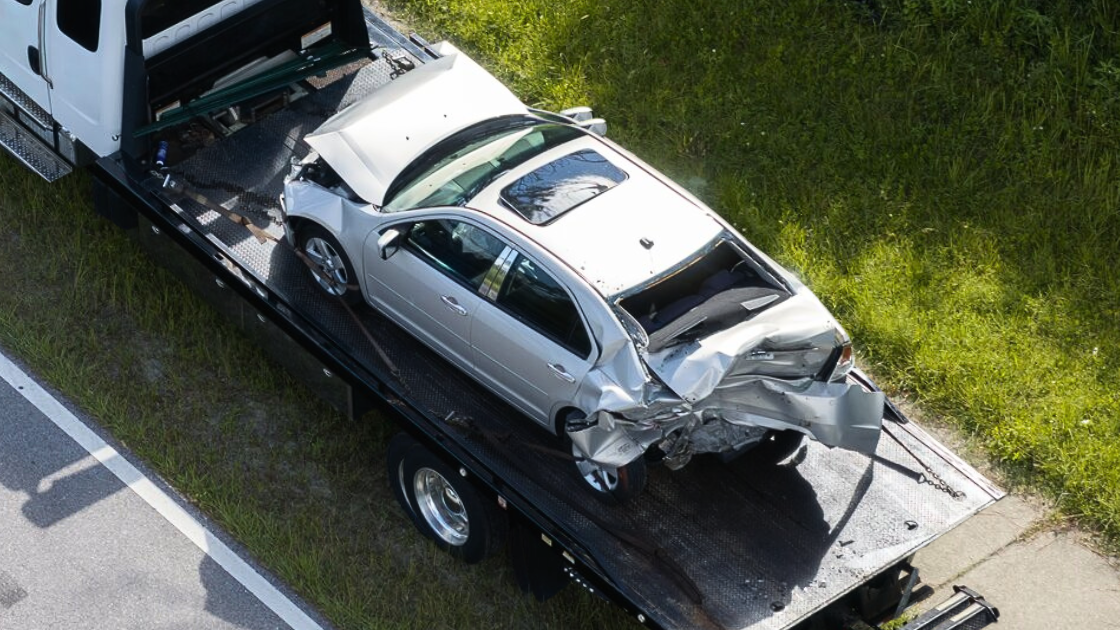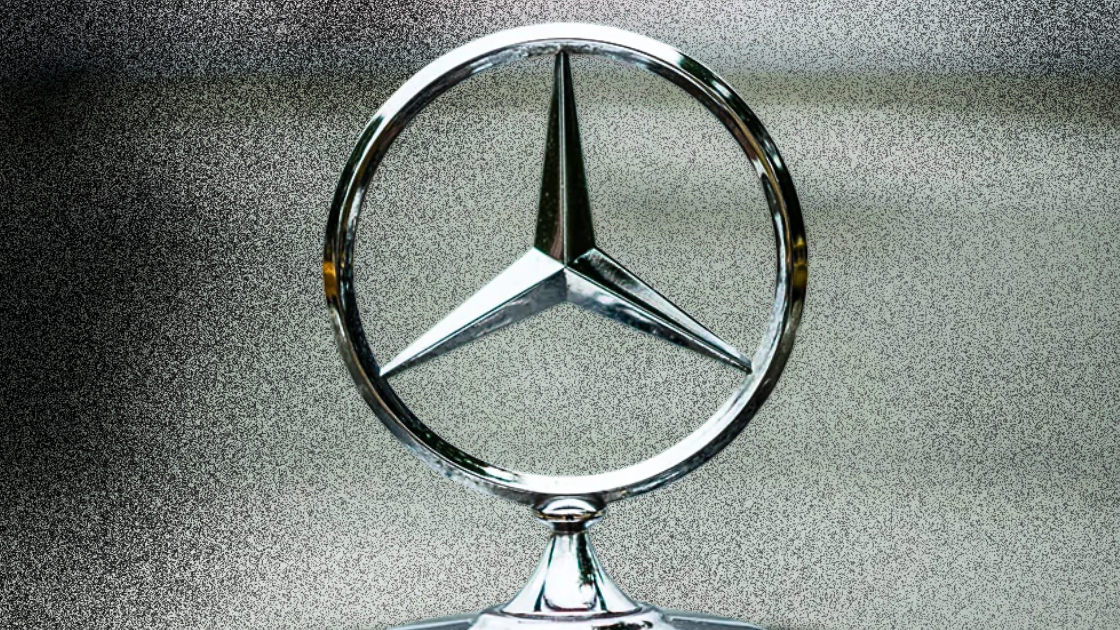
Dodge Charger Daytona R/T
The Dodge Charger Daytona has been all the buzz in the industry in recent days—from rumors that the brand has completely axed the EV from its lineup to reports that Stellantis $STLA ( ▲ 0.09% ) is rethinking its rollout strategy for the new gas-powered version of the muscle car.
First things first: Amid all the buzz, there are a few things that seem relatively certain about the Charger Daytona EV. Well, “relatively certain” at the time this story was published—given how quickly things can change in the current market.
Dodge isn’t axing the all-electric Charger from its lineup entirely; it’s pulling the plug on the base R/T model of the muscle car—priced at $61,590 at launch—for the 2026 model year.
On May 21, Dodge unveiled the four-door version of the all-electric muscle car, which includes the 670-horsepower Charger Daytona Scat Pack—indicating that the sedan will now go on sale later in 2025.
Dodge’s “Six-Pack” models of the new Charger Daytona—which is powered by a twin-turbo in-line six-cylinder engine—is expected to launch later in 2025 as well.
What they’re saying: “Production of the Dodge Charger Daytona R/T is postponed for the 2026 model year as we continue to assess the effects of U.S. tariff policies,” said Matt McAlear, CEO of Dodge. (via Motor1)
Between the lines: All that said, the move to drop the entry-level R/T from the Dodge lineup and delay some other Charger models has raised questions about the viability of the all-electric muscle car.
Even with some major discounts, Dodge has struggled to drum up sales for the electric Charger—with some dealers cutting prices for the car by as much as $32,000 to move units on their lots.
The Charger is built at Stellantis’ Windsor assembly plant in Canada—which subjects the EV to 25% auto tariffs, potentially raising the price of the 2026 Scat Pack model year versions, despite Dodge’s efforts to lower the costs of the 6 model.
A move by the Trump Administration to eliminate the $7,500 federal tax credit for electric vehicles—which seems certain now—could be a major blow to the all-electric Charger Daytona Scat Pack.
Bottom line: The challenges associated with the all-electric Dodge Charger aren’t limited to tariffs and the potential elimination of the federal tax credit. The car’s viability—and sustainability of the Dodge brand overall—will also be determined by Stellantis’ ability and willingness to make the investments needed to truly redefine the Charger in the market to appeal to a different kind of performance car buyer.
Outsmart the Car Market in 5 Minutes a Week
No-BS insights, built for car dealers. Free, fast, and trusted by 95,000+ auto pros.
Subscribe now — it’s free.
Courtesy transportation is no longer a nice-to-have.
It’s a need-to-have.
That’s why 80% of dealership respondents agree that providing courtesy rides with Uber has helped retain customers, based on Uber’s survey of 79 organizations in 2023.
With Central, you can request an Uber ride on behalf of your customers, even if they don’t have the Uber app. Car dealerships love using Uber because it’s a simple way to offer white-glove customer service, supplement loaner cars or shuttles, and manage parts pickup and delivery.
Dealers can request one-way or round-trip rides, add multiple riders and locations, set spend caps, and even monitor trips in real time.
Plus, you'll get monthly reports to keep track of everything.
If you’re ready to reduce the costs associated with maintaining shuttles and limit the liability of loaner vehicles, it's time to partner with Uber for Business.
Visit t.uber.com/CDGauto today to learn more.











